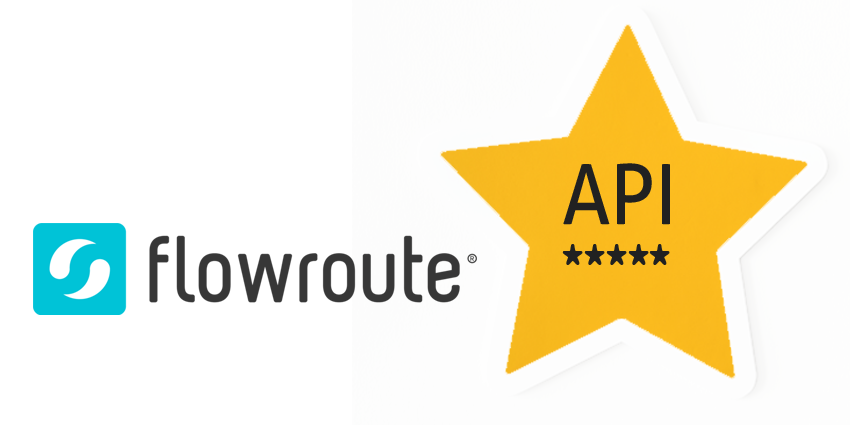As the enterprise cloud communications industry continues to evolve, one thing has become crystal clear: application programmer interfaces (APIs) are playing a critical role in helping business meet consumers changing engagement preferences.
Telecom APIs, for example, are changing the ways organisations and customers communicate by allowing businesses to extend services and capabilities across a broad range of offerings. These APIs offer a number of benefits such as increased flexibility for customers and new access and control of telecom resources for business. APIs are also helping communication service providers (CSPs) innovate offerings to address industry challenges resulting from the rising commoditisation of services. Further, integrating APIs helps CSPs stay relevant among emerging over-the-top (OTT) media-service competitors, while also helping organisations increase efficiencies, and in turn, drive revenue.
Despite the benefits APIs offer, selecting the right cloud-communications provider isn’t always simple. In fact, there is a growing mix of competing cloud providers, each with their own unique approach to integrating APIs and providing support. One misstep can lead to host of issues, including a vendor getting locked in with a provider that doesn’t align with the organisation’s priorities and needs, or it could result in service downtime or quality issues from complications during integration.
Finding the right API provider is a vital step for businesses to take to stay ahead of customer demands and remain competitive as the industry evolves. Below is a checklist of items enterprises should consider when targeting the right API provider.
1 – Quality Above All Else

It may seem foregone but always warrants emphasis: The quality of service from API providers must be top-notch. Not all communication providers or APIs offer the same processes, so it is critical for businesses to understand their objectives. This will then help to determine which offerings or APIs will be the best fit (i.e. adding calling or messaging services, accessing detailed number records or integrating mobile payment functions, etc.). During this investigation process, it will become clear if the API provider offers a complete set of features, as well as clear and comprehensive support to guide implementation.
Identifying an API service provider with carrier-grade calling and messaging capabilities will safeguard integration of services that are thoroughly tested, proven and reliable. Further, selecting API providers with a diverse library of programming languages in its software developer kit (SDK) will help businesses scale future expansion of services without limitations. Those languages could include Ruby, Python, .Net and PHP to name a few. Having such a library available will save the organisation time and money when it comes to development and debugging issues.
2 – Ease of Adoption
Businesses can set ROI objectives, but what good is implementing new features if they cause issues during initial integration? For example, when integrating communication functionalities, the service provider’s API should improve the process associated with adoption. This includes reducing the time required to port phone numbers, as well as quickly integrating new functions to minimise downtime.
How will customers be introduced to and interact with new features? Are methods and parameters for integration clearly explained? Make sure the potential API provider can answer these questions and can offer data acknowledging the developments that will occur and that may impact business processes down the road. To illustrate this point, consider if a doctor’s office implements an SMS appointment booking system, will the proper features be in place to easily allow patients to indicate or select preferences for communication with the office, etc..
Also, selecting a provider with a strong customer support offering including community forums or a 24/7 customer support team will help to mitigate potential issues or service downtime issues down the road. The ability to respond and resolve support issues in a timely manner is a must.
3 – Added Intelligence
A primary benefit of telecom APIs and cloud-based services is that they deliver new and innovative ways for enterprises to engage with customers and interact internally. This includes the introduction of a multitude of contextual and intelligent communication interactions into business processes. Examples of contextual interactions from telecom APIs can include appointment-reminder texts or contact centers that track the history of a call or text to improve and streamline interactions for increased efficiency. By having context of the call, businesses can offer customers an improved and more personalised experience.
Telecom APIs also boost security protection with two-factor authentication and masking phone numbers for identity-protection purposes, which offers businesses a more personalised approach to their privacy needs. Consumers are likely familiar with call masking when communicating with businesses such as Uber, Lyft or other rideshare and food delivery offerings.
4 – Better Command of Resources
Finally, a good API provider should offer improved control and direct access to phone numbers, call records and messaging capabilities. They should allow organisations to instantly provision and configure voice and messaging services and allow management of high-quality telephony resources. Ultimately, APIs should provide access to data and other business processes that were previously inaccessible without a significant investment of time and resources.
Control and access to telecom resources improves security measures through monitoring and analysing resources (i.e. phone numbers and call data). By analysing this data, enterprises can flag irregularities in usage or detect incoming or outbound calls from out-of-area numbers that could signify fraud. This control helps to improve and secure business workflows, as well as improve customer experience by minimising delays.
As customer preferences for speed and flexibility drive the evolution of enterprise communications, the benefits of telecom APIs are becoming increasingly attractive. Enterprises are turning to APIs to help scale their operations and expand services in ways previously thought unimaginable. As these businesses continue to evaluate ways to stay ahead of customer demands, they need reliable and high-quality service providers who can ensure the successful implementation of APIs, as well as optimise scalability of services for the long-term.
Guest Blog by Sascha Mehlhase, Senior Director of Product Management at Flowroute, a West Corporation company
As the world’s first software-centric carrier, Flowroute enables you to enhance and create new services without adding complexity. The secret is our patented HyperNetwork™, which meshes multiple networks into a single telecom network giving you superior reliability, reach, and simplicity.







